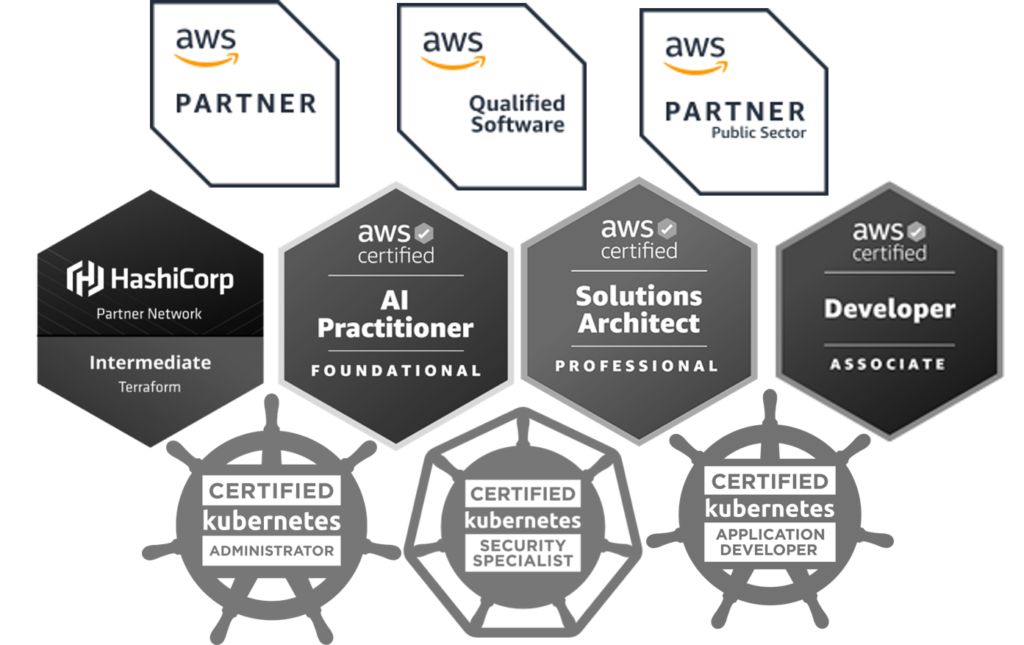Platform engineering is transforming how organizations build, deploy, and scale applications. While it promises efficiency, reliability, and scalability, the real question is: how do you measure its success? Key Performance Indicators (KPIs) provide the answer.
At Xenium Cloud Tech, our flagship solution, XePlatform, is designed to excel across these KPIs, ensuring businesses achieve their platform engineering goals seamlessly. In this blog, we’ll explore the most impactful KPIs for platform engineering, why they matter, and how XePlatform empowers organizations to succeed.
1. Why KPIs Matter in Platform Engineering
- Alignment with Business Goals: KPIs ensure that platform engineering aligns with organizational objectives, whether it’s faster time-to-market or reduced operational costs.
- Continuous Improvement: They provide a feedback loop to identify bottlenecks and areas for enhancement.
- Stakeholder Communication: KPIs help quantify progress and communicate value to leadership and teams.
How XePlatform Helps:
XePlatform is purpose-built to bridge the gap between technical goals and business outcomes. Its intuitive interfaces, automated workflows, and robust monitoring ensure every KPI aligns with organizational priorities.
2. Top KPIs for Platform Engineering (and How XePlatform Addresses Them)
a) Platform Adoption Rate
- What It Measures: Percentage of teams or projects actively using the platform.
- Why It Matters: High adoption indicates that the platform meets user needs and simplifies workflows.
- How XePlatform Helps:
With its plug-and-play capabilities, XePlatform simplifies onboarding for teams, making adoption effortless. Its seamless integration with tools like Kubernetes, AWS, and CI/CD pipelines ensures minimal friction in daily operations.
b) Deployment Frequency
- What It Measures: Number of deployments completed over a specific period.
- Why It Matters: Indicates the agility of the platform and its ability to support frequent iterations.
- How XePlatform Helps:
XeRelease, a core component of XePlatform, enables single-click release automation, allowing teams to deploy rapidly and reliably. Built-in templates and governance features further accelerate deployment cycles.
c) Lead Time for Changes
- What It Measures: Time taken from code commit to deployment in production.
- Why It Matters: Reflects the efficiency of the platform in moving changes from development to production.
- How XePlatform Helps:
With XeInfra, teams can develop locally and deploy to the cloud seamlessly. Its automated infrastructure provisioning drastically reduces lead times by eliminating manual configurations.
d) Platform Downtime/Availability
- What It Measures: Percentage of uptime or the duration of unplanned outages.
- Why It Matters: Ensures the reliability of the platform for users and minimizes disruptions.
- How XePlatform Helps:
XeObserve, the observability component of XePlatform, proactively monitors system health and provides real-time insights to prevent outages. Its advanced alerting mechanisms reduce response times.
e) Mean Time to Recovery (MTTR)
- What It Measures: Time taken to restore platform functionality after an incident.
- Why It Matters: A low MTTR demonstrates a robust incident response and recovery process.
- How XePlatform Helps:
XeObserve integrates with OpenTelemetry and other monitoring tools to streamline incident detection and recovery. With actionable dashboards and historical data, teams can diagnose and resolve issues swiftly.
f) Cost Efficiency
- What It Measures: Cost savings achieved by using the platform compared to previous methods.
- Why It Matters: Highlights the platform’s ability to optimize resource usage and reduce expenditure.
- How XePlatform Helps:
XePlatform optimizes cloud resources through automated scaling and efficient deployment strategies. By centralizing platform management, it also reduces operational overhead.
g) Developer Satisfaction
- What It Measures: Feedback from developers on the usability and effectiveness of the platform.
- Why It Matters: Happy developers are more productive and likely to adopt the platform.
- How XePlatform Helps:
XePlatform prioritizes developer experience with intuitive UIs, robust documentation, and customizable workflows. Teams can focus on innovation rather than troubleshooting.
3. Setting and Refining Your KPIs
- Start Small: Focus on 2–3 KPIs that align with immediate goals and expand as you mature.
- Make KPIs Actionable: Each metric should have a clear pathway for improvement if targets aren’t met.
- Review Regularly: KPIs should evolve alongside the platform and organizational priorities.
How XePlatform Helps:
XePlatform provides analytics dashboards to track KPIs in real-time. These insights help teams make informed decisions and adjust their approach to meet evolving business needs.
4. Tools for Tracking KPIs in Platform Engineering
- Observability Platforms: Grafana, Prometheus, Datadog for uptime and system performance metrics.
- CI/CD Analytics: Jenkins, GitLab, or Harness for deployment frequency and lead times.
- Feedback Tools: Google Forms, Officevibe, or Retrium for developer satisfaction surveys.
- With XePlatform: Integrated observability through XeObserve and performance analytics across XeInfra and XeRelease ensure all KPIs are tracked and accessible in one unified platform.
Conclusion
KPIs are not just numbers—they are insights that drive strategic decisions and improvements in platform engineering. By focusing on adoption, efficiency, reliability, and satisfaction, you can ensure your platform is not only functional but a true enabler of innovation.
XePlatform empowers organizations to achieve these KPIs with its comprehensive, integrated, and user-friendly solution. Whether you’re looking to accelerate deployments, optimize resources, or enhance developer satisfaction, XePlatform is your partner in platform engineering success.
Ready to take your platform engineering to the next level? Let’s get started today.






